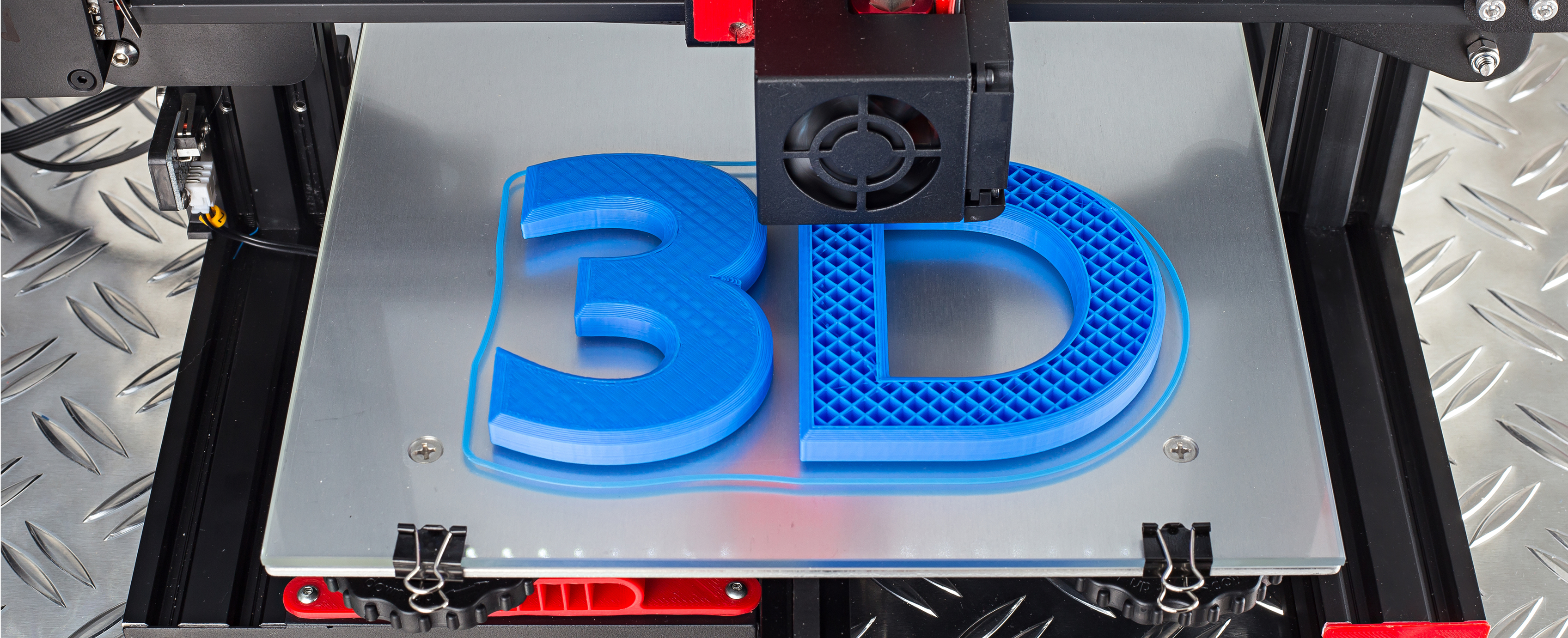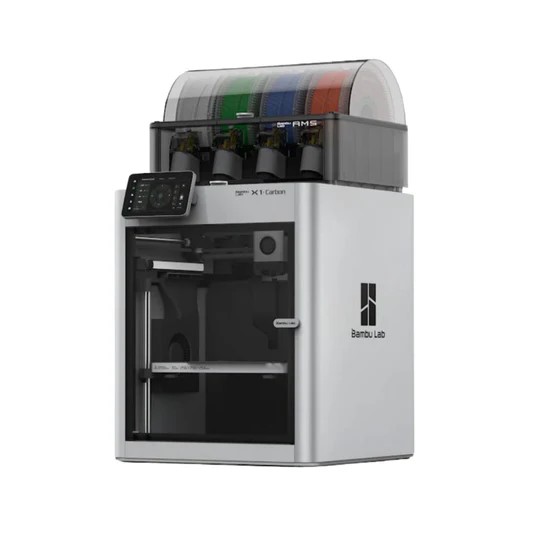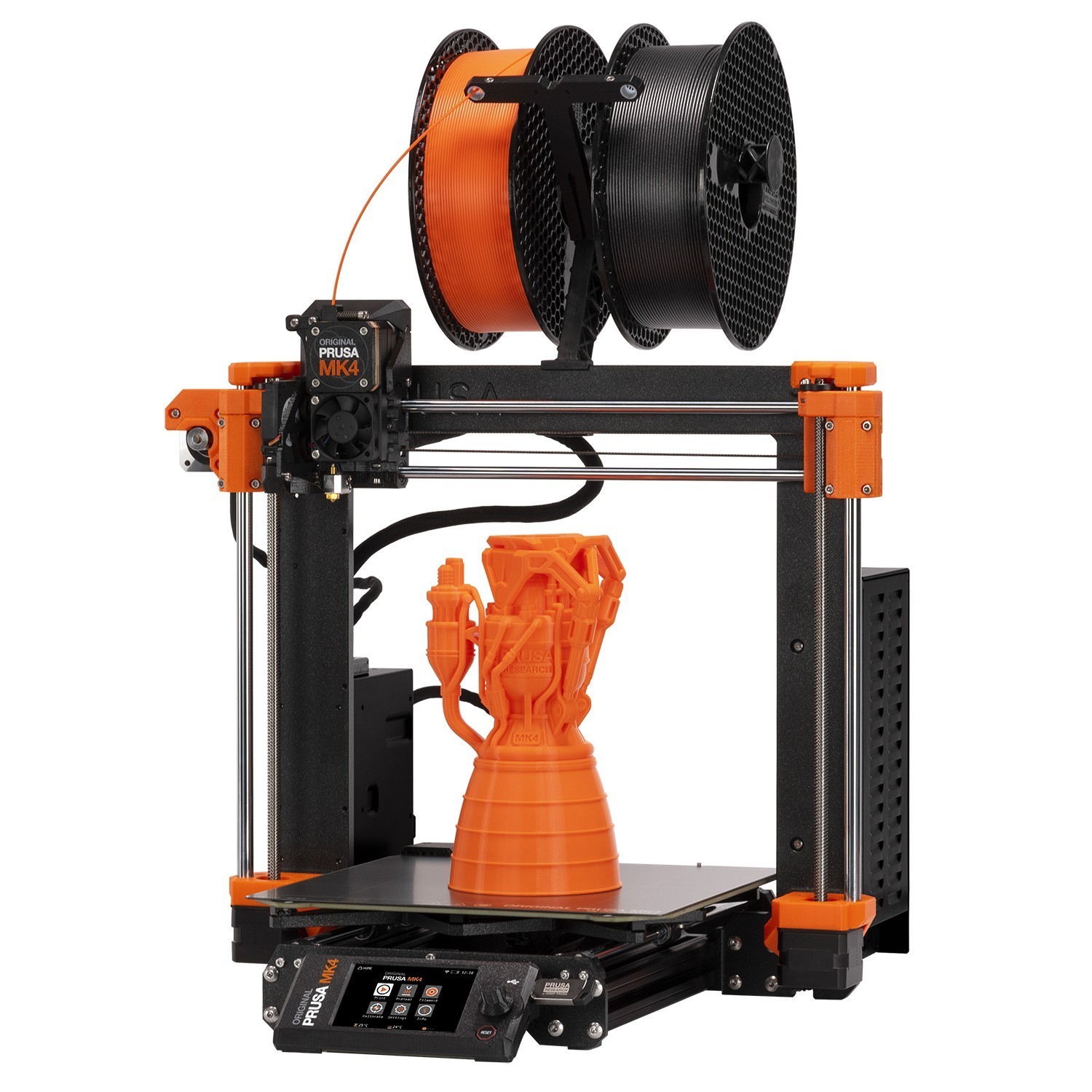
Our Equipment


PDL’s Makerspace is equipped with two 3D printers: Bambu Lab X1C and Prusa MK4.
3D Printing
RED: Due to the complexity of this tool, it can only be used during Makerspace Staffed Hours.
3D printing is the process of creating a physical object from a digital model. It is also known as additive manufacturing because the physical model is built one layer at a time from the bottom up. 3D printing allows everyone to take an idea from their imagination, design it, and create a physical model.
We are more than happy to show you our 3D printer and how it works. Stop by during Staffed Hours, or if you prefer, email createandmake@portagelibrary.info with your questions about this fascinating technology.
How can I get something printed?
If you have an item you would like to be 3D printed, please review the requirements and procedures below, and then fill out and submit our online form. Once you approve the estimated cost of the print, your print will be added to a queue and we will contact you when they are ready to be picked up. Please allow up to two weeks for your file to be printed. Your prints can be paid for in cash or by check at the Circulation Desk.
Requirements & Procedures
- Objects must fit within the printer’s build space of 9.8” x 8.2” x 8.2″.
- The project file must be in .stl file format and the file name must follow the NPL name convention: LastName-ObjectName.stl
- Only one request per person will be accepted and printed at a time.
- Submissions by one person must not exceed one request every two weeks
- 3D printing is done on a first come, first served basis.
- Please allow up to two weeks for your file to be printed.
- Staff will contact you when your printed item is complete.
Costs
A cost estimate will be provided after the print request and files are submitted. The rates for 3D printing using PLA filament are $0.06 per gram with a minimum cost of $1.00.
A variety of filament color choices are available. If you have a color preference, let us know. We will do our best to accommodate requests, but the library staff will determine the color based on availability. Multiple color printing is also an option.
-
What kind of 3D printer do you have?
-
What kind of plastic does the Prusa MK3S+ use?
-
Is there anything I can’t print?
-
What kind of software should I use to design my 3D object?
-
What file format do I need for the library to print my design?
-
How long will it take my object to print?
-
Will you hold my object for me?
-
Can my object contain more than one color?
-
Can I request a certain color?
-
What is the cost for 3D Printing?
-
How do I print something?
